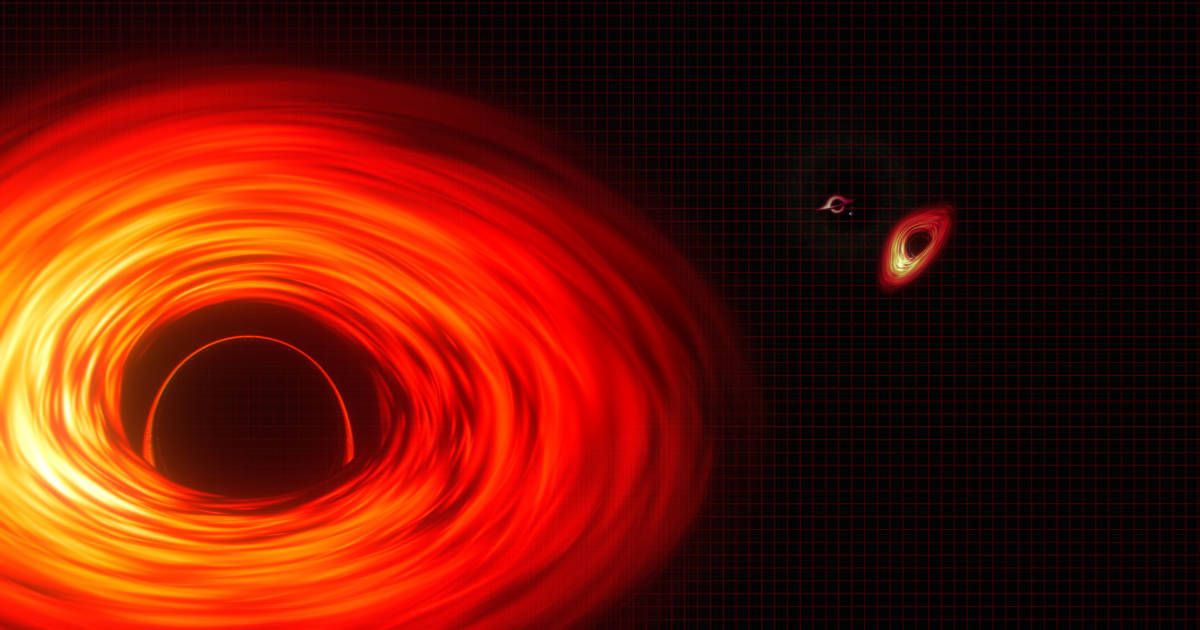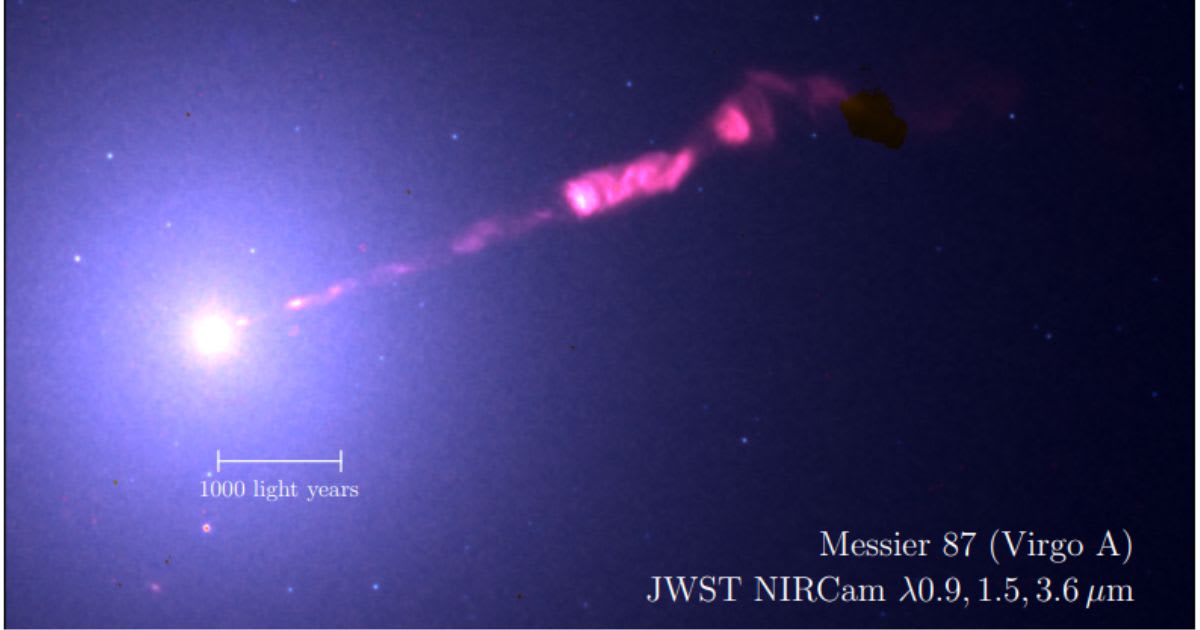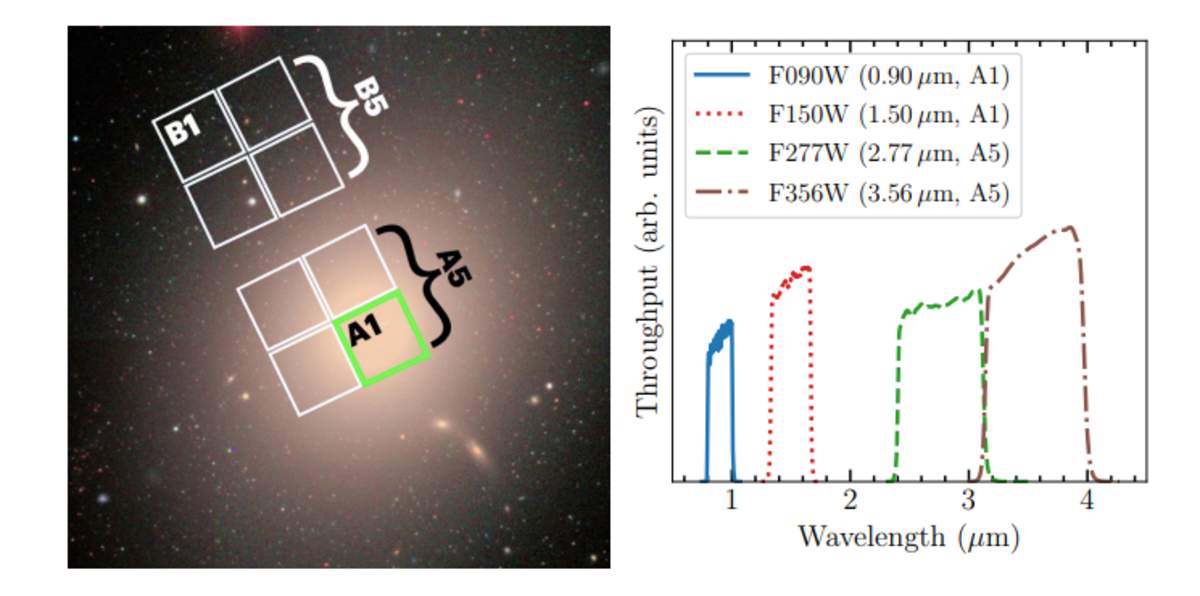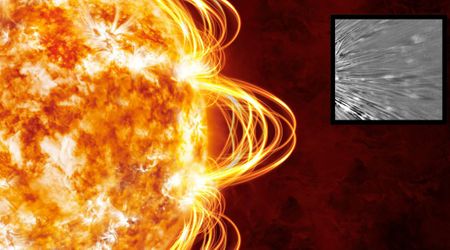NASA's James Webb captures sharpest-ever view of M87 supermassive black hole jet

The James Webb Space Telescope (JWST) has delivered an unprecedented look at the powerful energy jet streaming from the supermassive black hole at the core of the M87 galaxy, a massive elliptical galaxy long recognized as a foundational case study in astrophysics, as per the study published in Astronomy & Astrophysics.

M87's one-sided jet, first observed more than a century ago, has captivated scientists as a "prime laboratory" for understanding Active Galactic Nuclei (AGN). Its intense radiation has been studied across the entire electromagnetic spectrum, from radio waves (which have previously allowed researchers to resolve the black hole itself) to X-rays and gamma-rays. Early observations of the jet's polarized light confirmed that its optical glow is generated primarily by synchrotron radiation, a non-thermal process.

The galaxy itself, M87, is “one of the most intensely studied objects in the sky,” according to researchers, boasting an extensive history in astronomical records. Its prominence as a strong radio source has led to decades of high-resolution studies, even culminating in the revolutionary work that resolved the central black hole at its core. These new infrared images, captured by JWST's NIRCam instrument, mark the first time the telescope has been used to examine the galaxy's jet structure at the kiloparsec (kpc) scale. This detailed imagery will allow scientists to further test the prevailing model that describes the jet’s spectrum as a non-thermal power law.

The findings are based on the latest distance calculation for M87, derived from the same JWST data set. Researchers in the paper stated that previous studies had already “reported that the radio-to-optical spectrum in the kpc-scale jet is generally well described by a non-thermal synchrotron power law.” The new JWST data provide the sharpest view yet to confirm and refine this understanding.
Complementing the new telescopic observations, cutting-edge computer modeling is simultaneously challenging long-held theories about the material just outside M87's black hole. A research team from the Event Horizon Telescope (EHT) Collaboration, the same group that provided the famous 2019 black hole image, has used advanced supercomputer simulations to map the complex interplay of plasma, magnetic fields, and gravity near the event horizon. This digital research models the superheated, fiery matter surrounding the black hole and has uncovered surprising information regarding electron temperatures in this extreme cosmic neighborhood, upending current assumptions.

These simulations aim to decode the nature of the glowing ring of hot electrons that produces the synchrotron radiation captured by the EHT’s global network of telescopes. Andrew Chael, a lead researcher from Princeton University, explained the collaboration's focus: “We want to understand the nature of the particles of this plasma that the black hole is eating, and the details of the magnetic fields commingled with the plasma that in M87 launches huge, luminous jets of subatomic particles.” This new simulation work provides a crucial theoretical foundation for interpreting both the EHT's radio data and JWST's highly resolved infrared view of the massive outflow.









